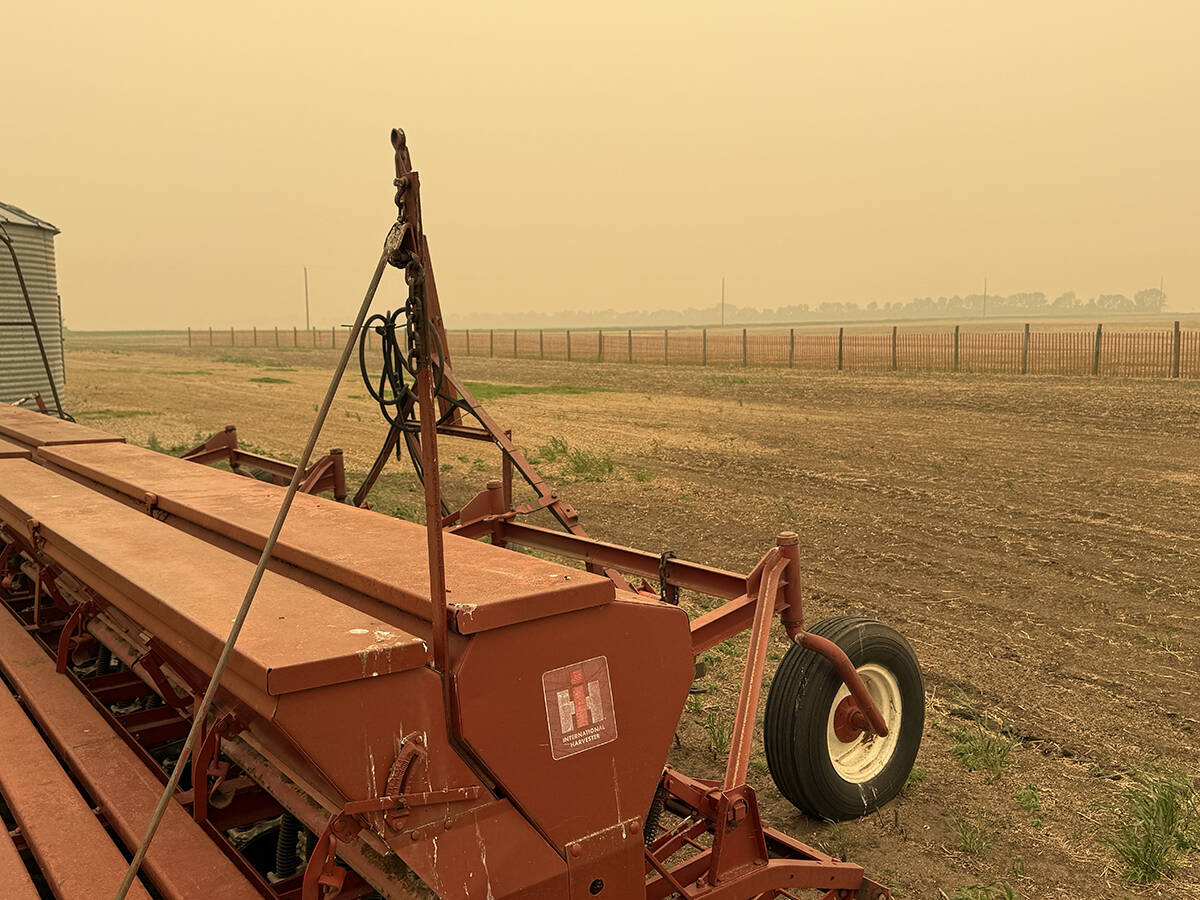New generation co-ops take their members’ product, move it a couple of steps up the food chain, and process it into a new, different product.
From 1993 to 1996, American producers invested $1.2 billion into these types of ventures, said the chief executive officer of a closed bison processing co-operative in North Dakota.
Dennis Sexhus told KAP members it’s part of a change in attitude. Farmers are refusing to be victims. Instead of moaning about how bad things are, they are taking the offensive by processing and marketing their own products.
Read Also

Wildfires have unexpected upside this year
One farmer feels smoke from nearby wildfires shrouded the July skies and protected his crop from the sun’s burning rays, resulting in more seeds per pod and more pods per plant.
While farmers in the United States average two percent return on the investments they make on their farm, food companies average a 14 percent return on investment, said Sexhus.
Because farmer-members commit production to the co-op, they can plan production and costs because they know their market and price, he said.
Farmers can then focus on production rather than marketing, he added.
Successful closed farmer co-ops have some things in common, said Sexhus:
- A professional marketing plan with plenty of research behind it.
- A business plan with realistic long-term thinking and vision.
- One outstanding leader or champion for the co-op, rather than running things by committee.
- At least 40 percent equity, but 50 percent is better.
- Experienced, professional management that has the full support of the farmer-board of directors to run the business.
Unsuccessful co-ops have failed because they made economic development the goal, said Sexhus. While jobs in rural areas are a nice spinoff, the business plan for the co-op needs to be broader.
His co-op has hosted camera crews from around the world because it has more than half of the world population of bison under contract, said Sexhus. This marketing clout gives the co-op some power in setting prices.
The major changes in the farm economy are spurring new developments like the closed co-ops, said Sexhus.
“Bison herds are now growing and railroads are becoming extinct.”














